Peter Banner | |
|---|---|
| Occupation | Architect |
Peter Banner was an English-born architect and builder [1] who designed the Park Street Church in Boston, Massachusetts, and other buildings in New England in the early 19th century.
Peter Banner | |
|---|---|
| Occupation | Architect |
Peter Banner was an English-born architect and builder [1] who designed the Park Street Church in Boston, Massachusetts, and other buildings in New England in the early 19th century.
Banner trained in London, and moved to America. In 1798, he moved from New York to New Haven, designing and building several buildings for Yale College. He began working in the Boston area around 1805, when Ebenezer Craft (born 1779) commissioned Banner to build his house in Roxbury. Around 1806 to 1808, Banner supervised the building of India Wharf. In Boston he also designed the Park Street Church (1809), located next to the Boston Common.
As well as being familiar with architecture through books, Banner was a skilled carpenter-joiner and mason, as well as a contractor, even worked on his own buildings. [2] At various times he worked with Solomon Willard and others. [3]
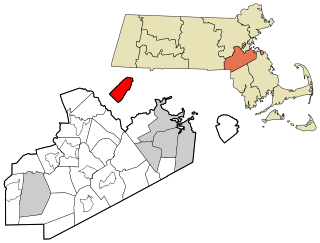
Brookline is a town in Norfolk County, Massachusetts, United States, and part of the Boston metropolitan area. Brookline borders six of Boston's neighborhoods: Brighton, Allston, Fenway–Kenmore, Mission Hill, Jamaica Plain, and West Roxbury. The city of Newton lies to the west of Brookline. Brookline was first settled in 1638 as a hamlet in Boston, known as Muddy River; it was incorporated as a separate town in 1705.

Theophilus Eaton was a wealthy New England Puritan merchant, diplomat and financier, who took part in organizing and financing the Great Puritan Migration to America. He was a founder of Massachusetts Bay Colony, and a founder and eventual governor of New Haven Colony. He also cofounded the town of Greenwich in Connecticut and Eaton's Neck in New York.

Asher Benjamin was an American architect and author whose work transitioned between Federal architecture and the later Greek Revival architecture. His seven handbooks on design deeply influenced the look of cities and towns throughout New England until the Civil War. Builders also copied his plans in the Midwest and in the South.
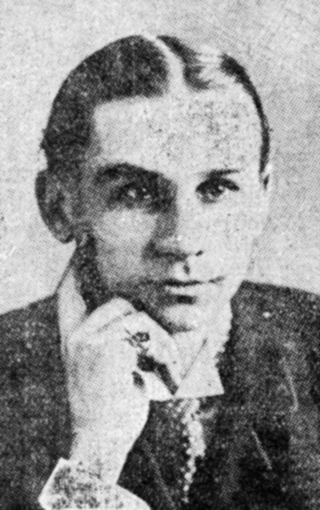
Richard Clipston Sturgis, generally known as R. Clipston Sturgis, was an American architect based in Boston, Massachusetts.
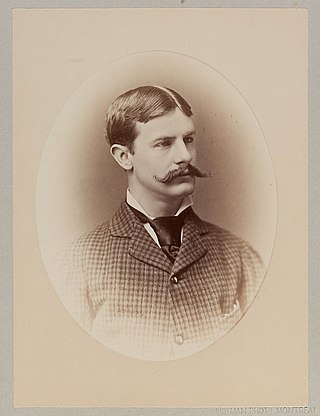
Edmund March Wheelwright was one of New England's most important architects in the late nineteenth and early twentieth centuries, and served as city architect for Boston, Massachusetts from 1891 to 1895.

Robert Swain Peabody was a prominent Boston architect who was the cofounder of the firm Peabody & Stearns.
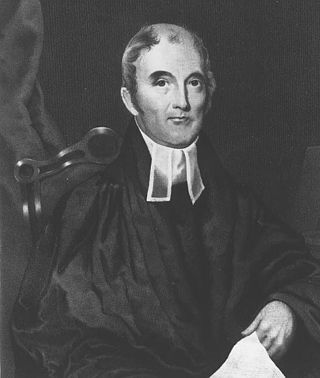
Abiel Holmes was an American Congregational clergyman and historian. He was the father of Oliver Wendell Holmes Sr. and grandfather of Oliver Wendell Holmes Jr.
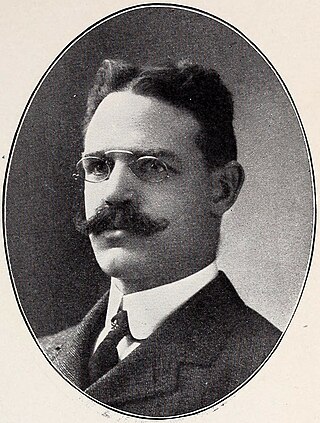
Franz Joseph Untersee was a Swiss-American architect who designed many Roman Catholic churches throughout the eastern part of United States.

Charles Street African Methodist Episcopal Church is an historic African Methodist Episcopal Church at 551 Warren Street in Boston, Massachusetts. The current church building was built in 1888 by J. Williams Beal and added to the National Register of Historic Places in 1983.

Alexander Rice Esty was an American architect known for designing many Gothic Revival churches in New England, however his work also encompassed university buildings, public buildings, office buildings, and private residences across the Northeastern United States.

Hartwell and Richardson was a Boston, Massachusetts architectural firm established in 1881, by Henry Walker Hartwell (1833–1919) and William Cummings Richardson (1854–1935). The firm contributed significantly to the current building stock and architecture of the greater Boston area. Many of its buildings are listed on the National Register of Historic Places.
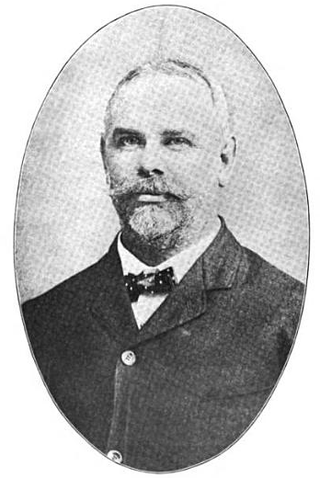
John Williams Beal was an architect in Boston, Massachusetts.

Cummings and Sears was an architecture firm in 19th-century Boston, Massachusetts, established by Charles Amos Cummings and Willard T. Sears.

Kilham & Hopkins was an architectural firm in Boston, Massachusetts formed in 1899 or 1900 by its founding members, Walter Harrington Kilham and James Cleveland Hopkins. The firm later became Kilham, Hopkins & Greeley after William Roger Greeley joined the firm in 1916, and Kilham Hopkins Greeley and Brodie after Walter S. (Steve) Brodie joined the firm in 1945.

Royal Ralph Hinman was an American lawyer and antiquarian who held various public offices in Connecticut, and who wrote on antiquarian subjects.

John D. Towle (1804–1887) was an American architect.
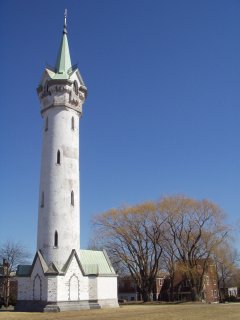
Fort Hill is a 0.4 square mile neighborhood and historic district of Roxbury, in Boston, Massachusetts. The approximate boundaries of Fort Hill are Malcolm X Boulevard on the north, Washington Street on the southeast, and Columbus Avenue on the southwest.

Louis Weissbein (1831-1913) was a German-born American architect practicing in Boston, Massachusetts.

First Parish in Brookline is a Unitarian Universalist church in Brookline, Massachusetts. It is a Welcoming Congregation and a member of the Unitarian Universalist Association. The church has existed for over 300 years, in several different meeting houses in the town of Brookline. The church is also notable for its stained glass windows.

Edwin J. Lewis Jr. was an American architect who designed numerous residential houses and churches in New England.
Notes